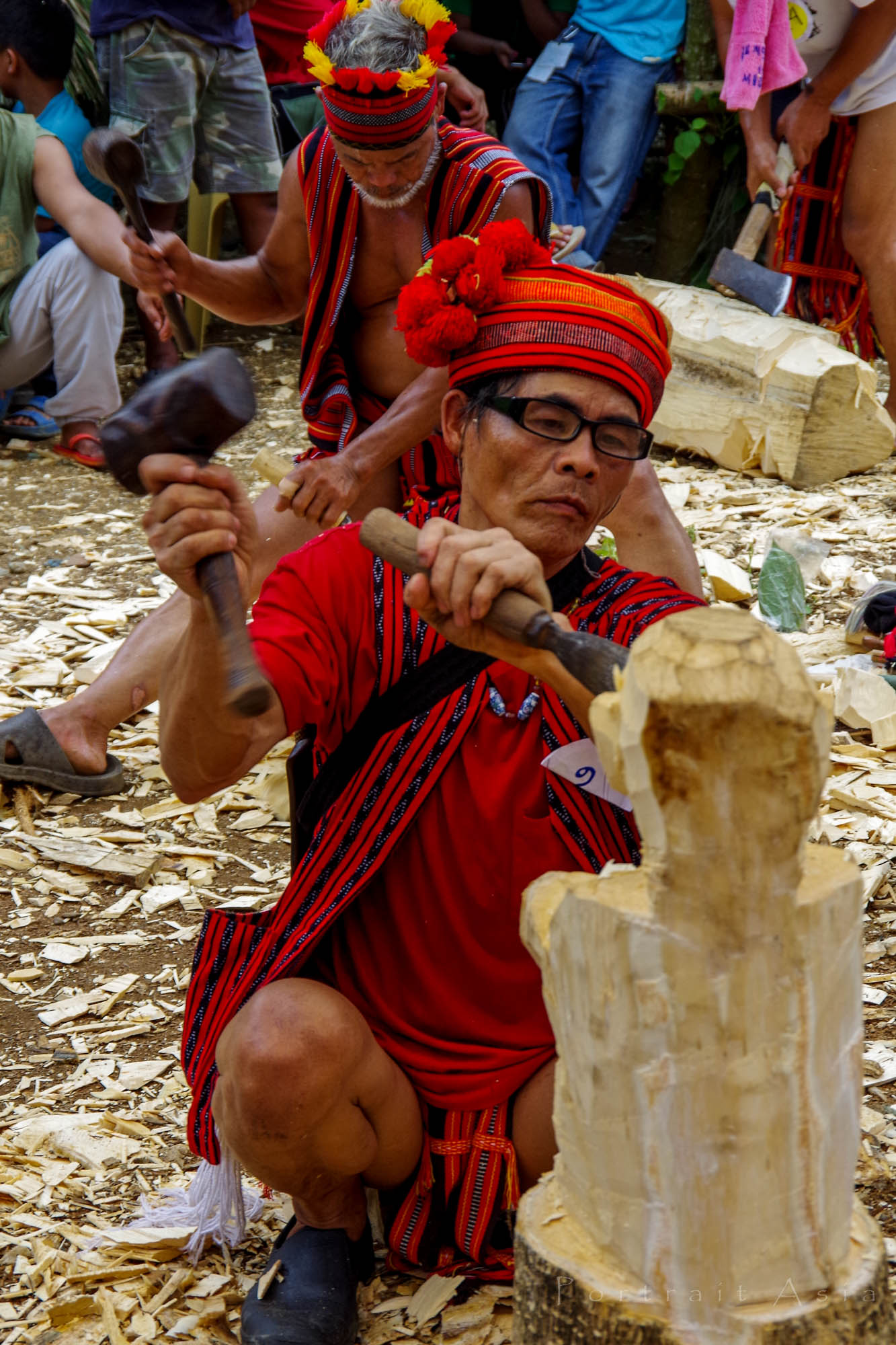The story of the famous tourist destination the Asin Wood Carvers’ village in Northern Philippines started with a wooden spoon.
The mass-migration of Ifugao people to Baguio happened after World War 2 when the rehabilitation of the city was underway. Skilled jobs like carpentry, masonry, and riprap experts, among others were in demand, and Ifugao people are known to be experts in many skilled jobs.
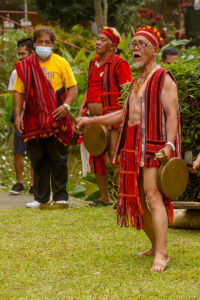
An elder in Asin, Pedro Buyagao tells us the story of Hagay from Hungduan, he was among the first who arrived in 1945 to find jobs and established a campsite in Asin. They were given cooking utensils to use while doing many skilled jobs. One thing that they don’t have, however, were spoons. As a skilled woodcarver, Hagay made spoons out of wood to be used in his camp.
Just after the war, Baguio was teeming with Americans. The adventurous ones would go down and swim to the river in Asin. When they passed by the campsite of Hagay, they saw his wooden spoons. They asked to buy the spoons to the surprise of Hagay. He doesn’t want to sell it at first because they have no other utensils to use. But thinking that he can make more again, he obliged. But the Americans soon returned with more companions and wanted to order more. They wanted to order by the hundreds.
So Hagay, knowing he can’t complete all of the orders in time, went up to Baguio to call for his woodcarver-compatriots who also came from Hungduan. His friends were currently working in the Rehabilitation of Burnham Park and other construction sites as laborers.
Woodcarvers soon started to gather at Hagay’s campsite to produce the orders. They were thankful that the owner of the lot where they worked, Tomas Dulyuna, allowed them to expand the campsite to accommodate the increasing number of artisans.
Soon after, more and more Americans came and they soon started to order different designs including spoons that they could hang as decorations. Many other designs emerged out of this spoon designs, like the addition of male and female faces.
In the coming years, more Americans came and brought human figures they want the woodcarvers to imitate. Hagay had to go on searching again for his compatriots who are good at carving complicated designs. Soon, many woodcarvers settled in Asin, some bought their own lands and brought their families with them. Pedro Buyagao arrived in 1956 at the age of 14 when woodcarving was already thriving and started his career in the industry.
The woodcarver’s village continued to evolve and more complicated designs were brought to be carved by the talented carvers; even Native American designs were reproduced as requested by American clients.

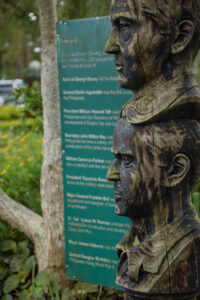
Portraits of celebrities and famous officers were also carved that decorated many households around the world. A totem pole of American Presidents’ heads was carved by an Ifugao carver Ernesto Dul-ang and was prominently displayed at the famous Camp John Hay Air Station up to this day.
As complicated designs continue to emerge, the spoon and fork souvenir designs are still produced to this day and many Filipino households have brought home different versions of this memento, many of whom don’t know that their decoration is part of a history that created a Creative Village.
Do you have in your house this wooden spoon decoration? Let’s see what design you got in the comments section.
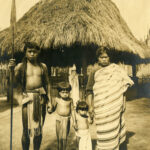 Igorots: The so-called savages of the Cordilleras
Igorots: The so-called savages of the Cordilleras 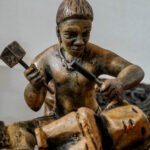 Od-odio, the Narra Tree Song
Od-odio, the Narra Tree Song 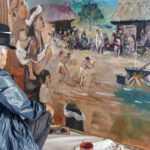 Baguio Creatives finding ways to rise above Pandemic
Baguio Creatives finding ways to rise above Pandemic 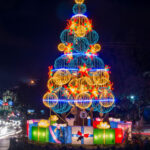 Baguio City Creative Christmas Trees
Baguio City Creative Christmas Trees 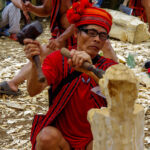 How a wooden spoon started a creative village
How a wooden spoon started a creative village  The Sagada Way
The Sagada Way 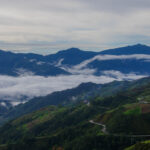 The Mountain Trail Thrill
The Mountain Trail Thrill 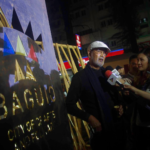 Baguio stages first Creative Festival
Baguio stages first Creative Festival 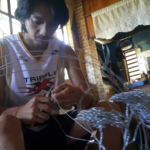 Wire Art, a miner’s lifeline
Wire Art, a miner’s lifeline 